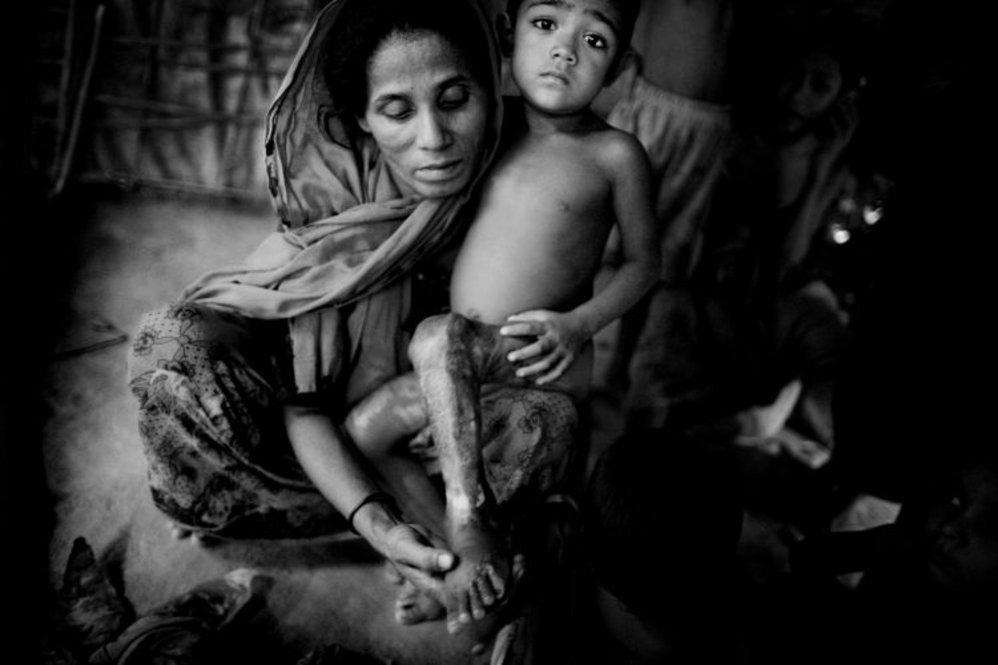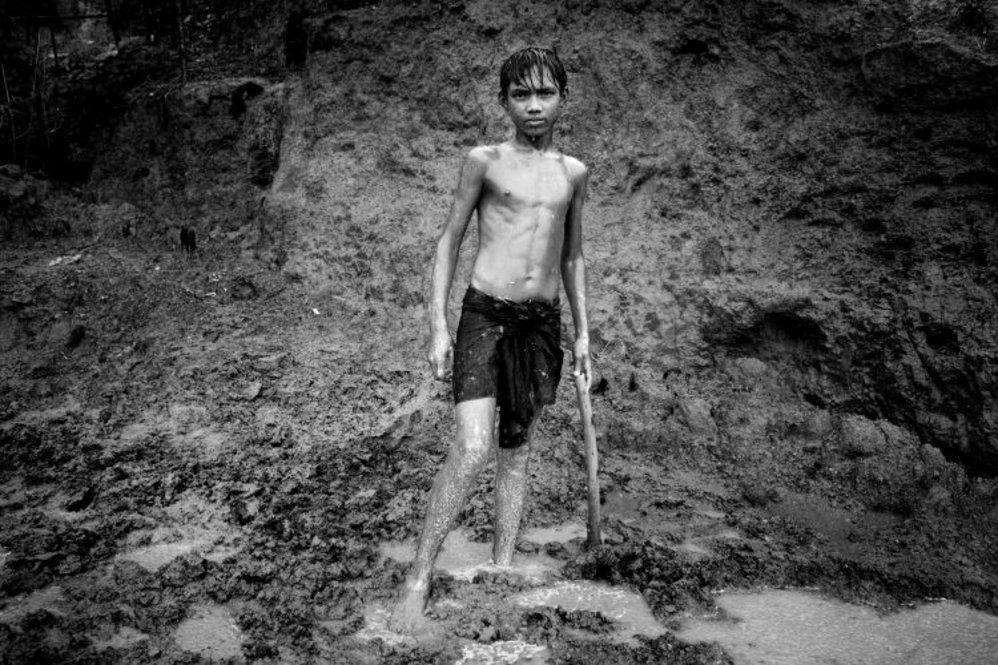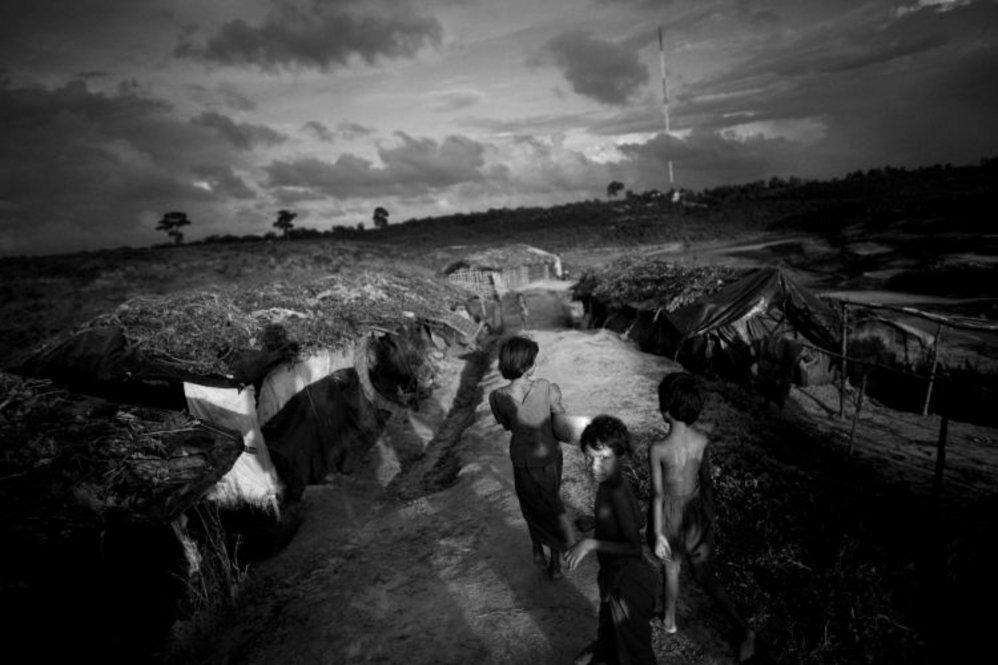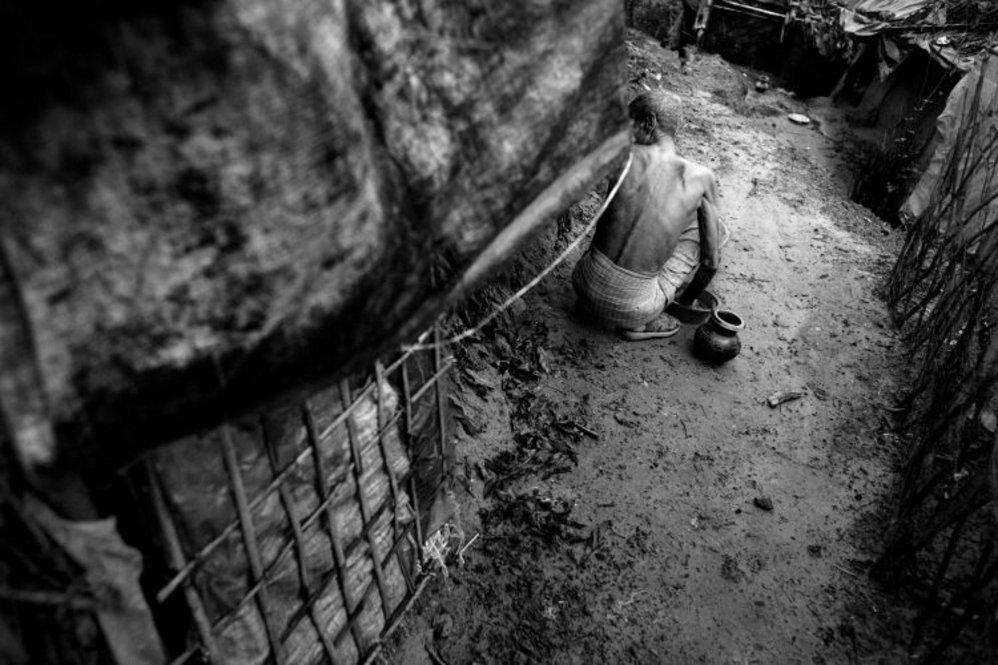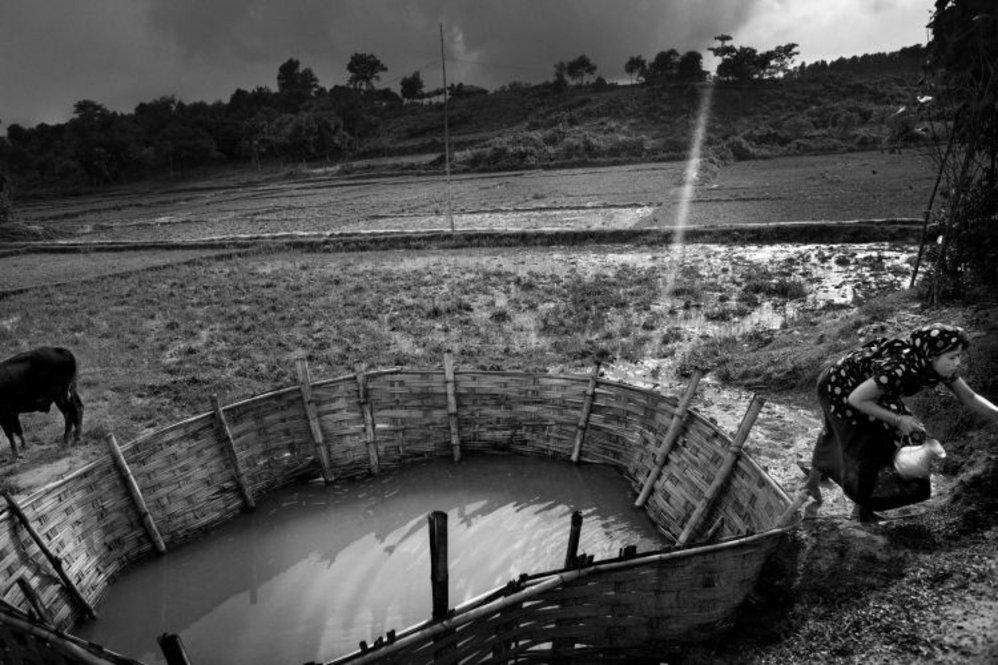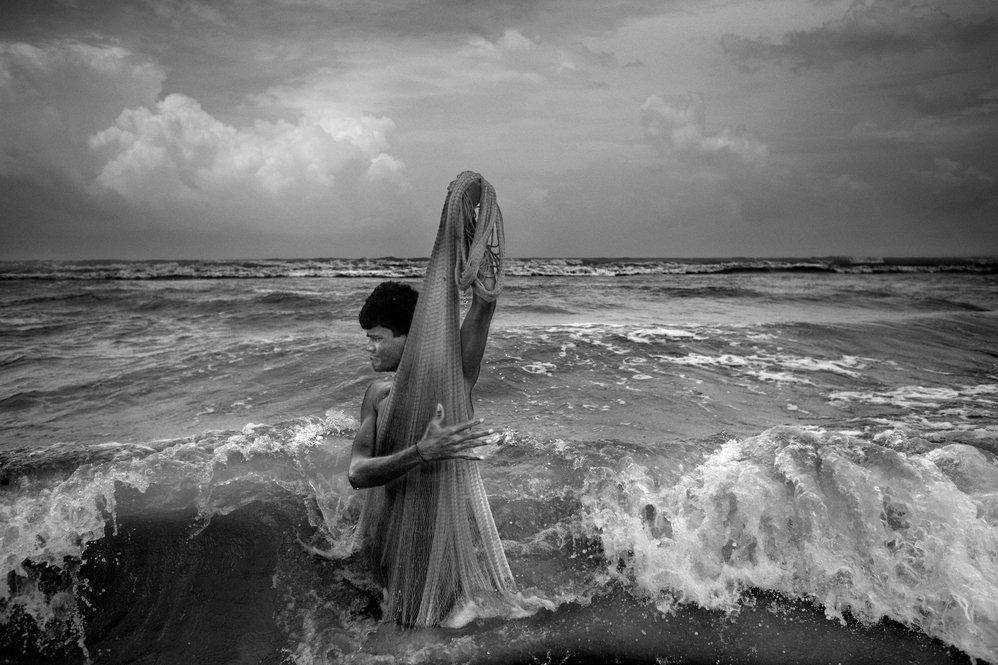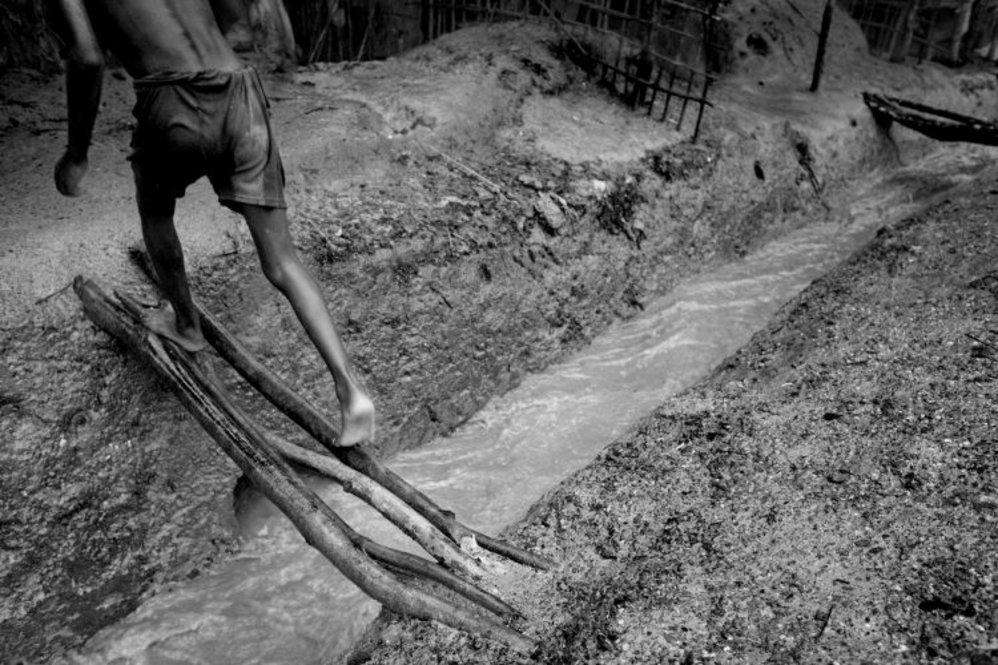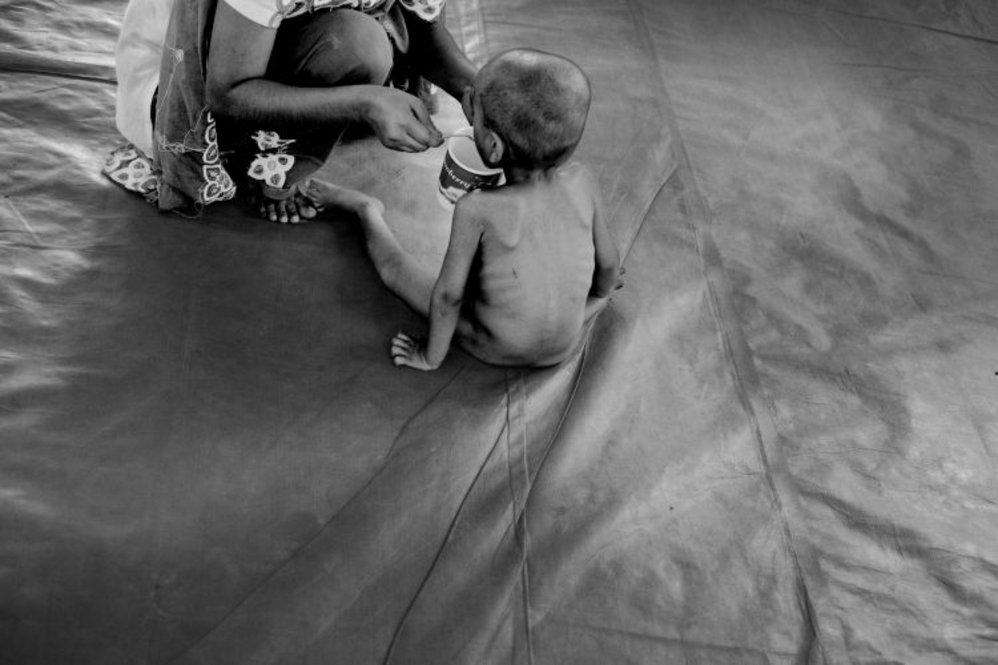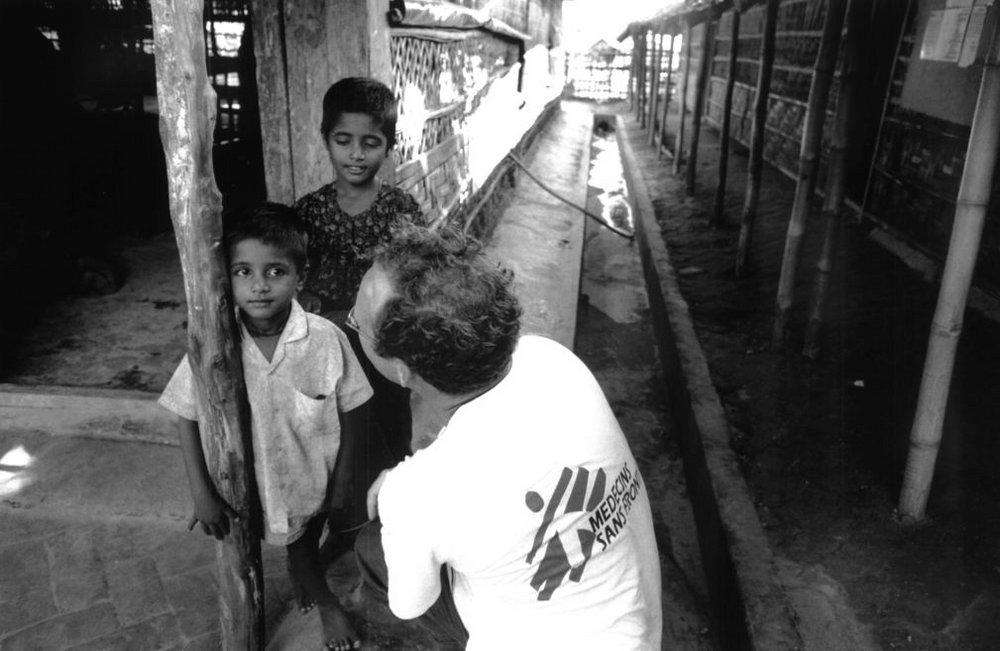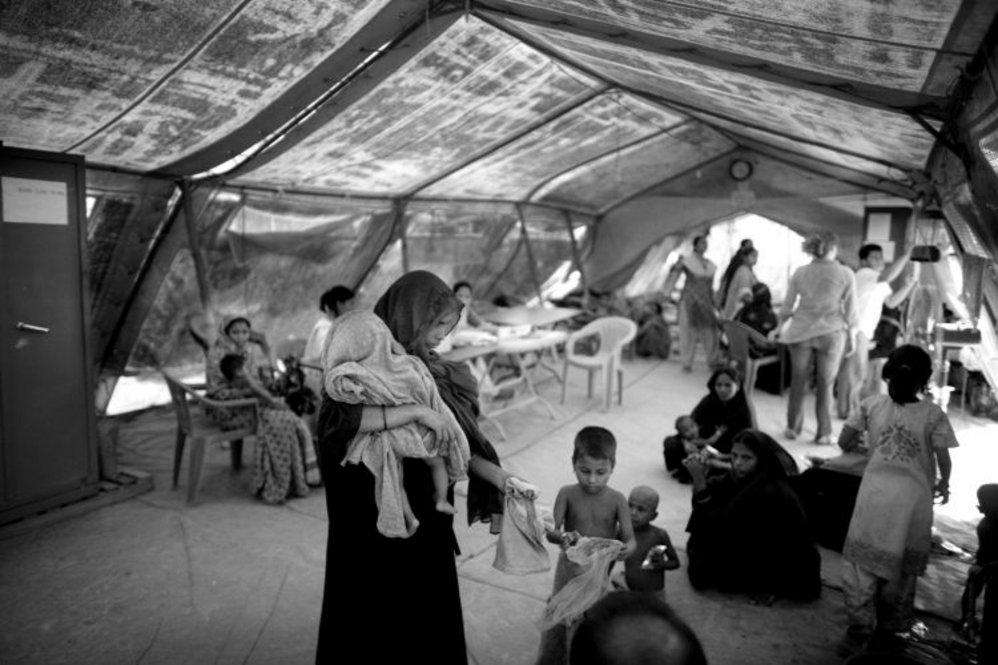Each of Myanmar’s five border countries – Bangladesh, China, India, Laos, and Thailand have Burmese refugees. Only China is a signatory to the international refugee convention. In Bangladesh, where hundreds of thousands of unregistered refugees are struggling to survive, only around 25,000 people have official refugee status.
Bangladesh 2009 © Espen Rasmussen/Panos Pictures
